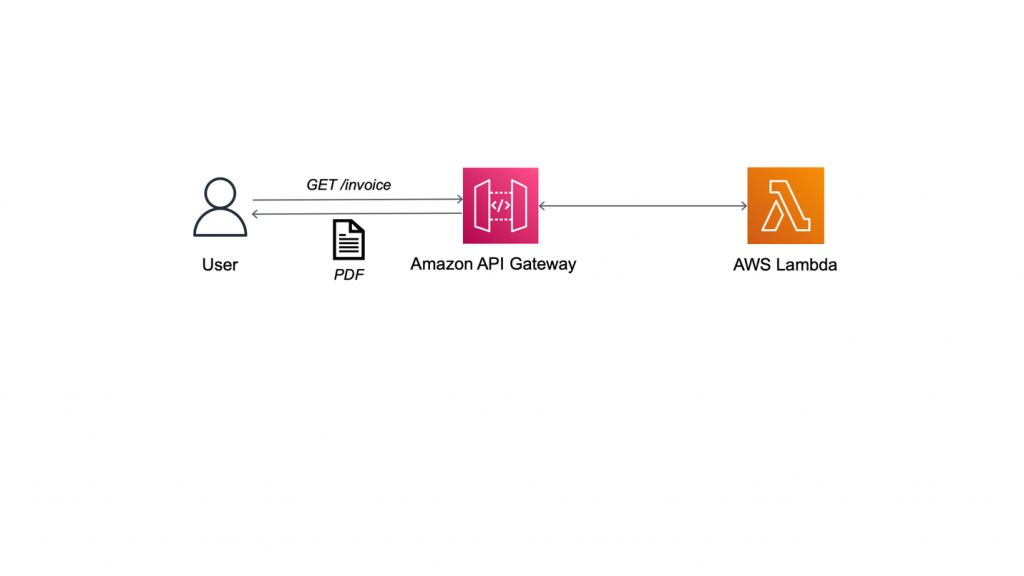AWS Architecture Blog
Category: Amazon Elastic Container Registry
Genomics workflows, Part 2: simplify Snakemake launches
Genomics workflows are high-performance computing workloads. In Part 1 of this series, we demonstrated how life-science research teams can focus on scientific discovery without the associated heavy lifting. We used regenie for large genome-wide association studies. Our design pattern built on AWS Step Functions with AWS Batch and Amazon FSx for Lustre. In Part 2, […]
Genomics workflows, Part 1: automated launches
Genomics workflows are high-performance computing workloads. Traditionally, they run on-premises with a collection of scripts. Scientists run and manage these workflows manually, which slows down the product development lifecycle. Scientists spend time to administer workflows and handle errors on a day-to-day basis. They also lack sufficient compute capacity on-premises. In Part 1 of this series, […]
How to Run Massively Scalable ADAS Simulation Workloads on CAEdge
This post was co-written by Hendrik Schoeneberg, Sr. Global Big Data Architect, The An Binh Nguyen, Product Owner for Cloud Simulation at Continental, Autonomous Mobility – Engineering Platform, Rumeshkrishnan Mohan, Global Big Data Architect, and Junjie Tang, Principal Consultant at AWS Professional Services. AV/ADAS simulations processing large-scale field sensor data such as radar, lidar, and […]
Migrate your Applications to Containers at Scale
AWS App2Container is a command line tool that you can install on a server to automate the containerization of applications. This simplifies the process of migrating a single server to containers. But if you have a fleet of servers, the process of migrating all of them could be quite time-consuming. In this situation, you can […]
Field Notes: Three Steps to Port Your Containerized Application to AWS Lambda
AWS Lambda support for container images allows porting containerized web applications to run in a serverless environment. This gives you automatic scaling, built-in high availability, and a pay-for-value billing model so you don’t pay for over-provisioned resources. If you are currently using containers, container image support for AWS Lambda means you can use these benefits […]
Zurich Spain: Managing Millions of Documents with AWS
This post was cowritten with Oscar Gali, Head of Technology and Architecture for GI in Zurich, Spain About Zurich Spain Zurich Spain is part of Zurich Insurance Group (Zurich), known for its financial soundness and solvency. With more than 135 years of history and over 2,000 employees, it is a leading company in the Spanish […]
Snowflake: Running Millions of Simulation Tests with Amazon EKS
This post was co-written with Brian Nutt, Senior Software Engineer and Kao Makino, Principal Performance Engineer, both at Snowflake. Transactional databases are a key component of any production system. Maintaining data integrity while rows are read and written at a massive scale is a major technical challenge for these types of databases. To ensure their […]
Serverless Architecture for a Web Scraping Solution
If you are interested in serverless architecture, you may have read many contradictory articles and wonder if serverless architectures are cost effective or expensive. I would like to clear the air around the issue of effectiveness through an analysis of a web scraping solution. The use case is fairly simple: at certain times during the […]
Samsung Builds a Secure Developer Portal with Fargate and ECR
This post was provided by Samsung. The Samsung developer portal (Samsung Developers) is Samsung’s online portal built to serve technical documents, the Developer blog, and API guides to developers, IT managers, and students interested in building applications with the Samsung products. The Samsung Developers consists of three different portals: SmartThings portal, which serves IoT developers […]








